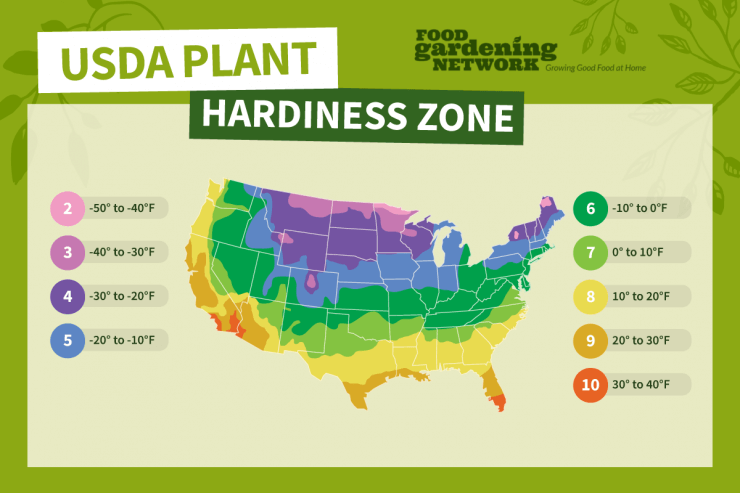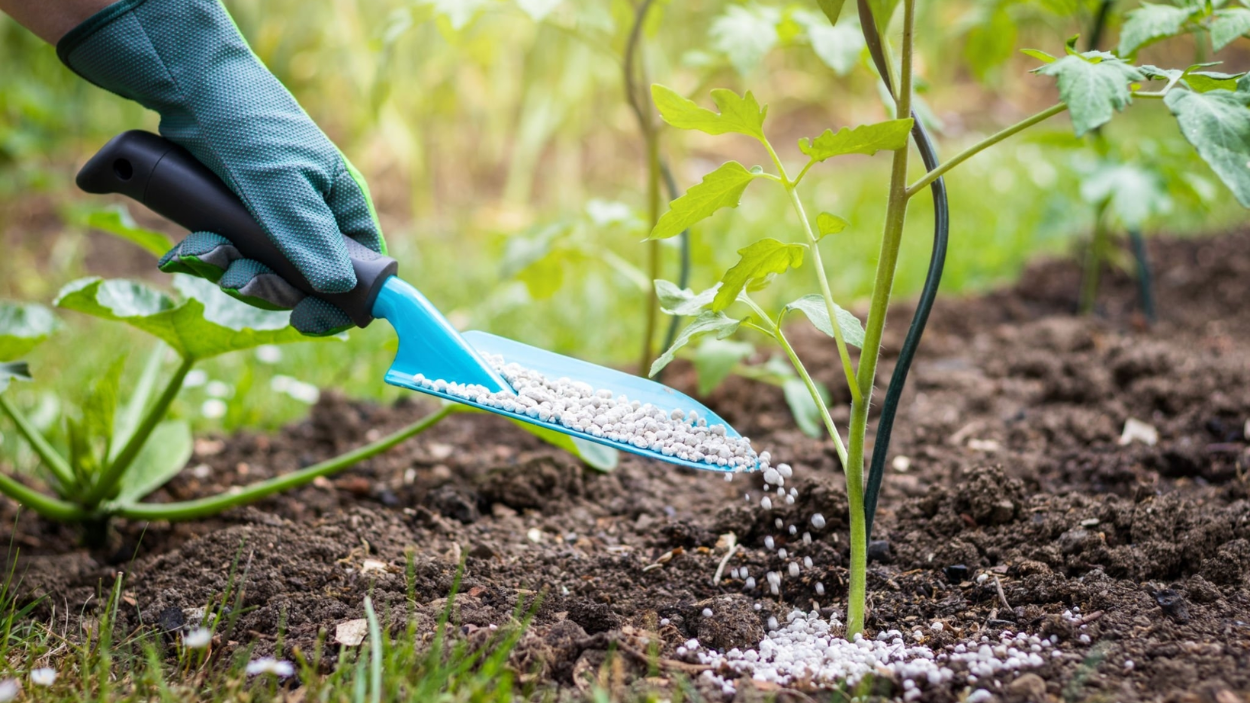Notes When Planting Fruit Trees At Home
Fruit trees are perennial plants, they provide fruits for human use directly or processed into different dishes, sometimes as spices for everyday dishes. There would be nothing more interesting than picking fruit right on the tree that we planted in our garden, right? However, to grow fruit trees with high efficiency and healthy growth, you need to pay attention to a few things:
- Fruit trees require a large amount of sunlight, which means you should plant them in spacious places and not be obscured by other obstructions such as roofs. Every day, the lighting time is 6-8 hours.
- Some areas are frozen in the winter which requires plants grown to be adapted to snow and ice conditions here are some suggestions.
- If growing plants in containers (raised garden beds), you need to make sure the container is the right size and has drainage holes to avoid rotting the roots. Should choose small and low plants to grow.
- For some plants that will die if low temperatures, you should bring them into the house every night or use supporting items such as heating lamps, covering nets, etc… to keep the tree's temperature stable and avoid the wind.
- For some fruit trees that need to be pollinated to produce fruit, you need to plant at least 2 or more trees to make sure that the tree will bear fruit. However, for self-pollinating plants such as lychee, fig, …, only 1 tree can produce fruit.
- Some fruits cannot be grown and shipped in different states, so be sure to check the agricultural laws in your state.
Below is a map of the USDA Plant Hardiness Zone Map, researched and evaluated for suitability for each crop. You can base them on making decisions to plant the right plants for your garden.

(Source: Food Gardening Network)
Recommended Fruit Trees
Here are a few suggestions that are extremely suitable for every family, please continue to refer to them
Cherry
(Zones 5 to 8)

Consider planting a cherry tree to reward yourself with visual beauty and delicious fruit. The cherry blossoms that bloom in spring are a sight to behold and their fruit is irresistible. However, it is important to protect your crops from hungry birds by using duct tape or netting. If you have limited yard space, the Compact Stella is a great choice. This self-reproducing cherry tree can grow up to 13 feet tall and begin to bear fruit within two years. For those who love pies, cherry jam is a perfect and indispensable combination. Keep in mind that some varieties of cherry trees require a pollinator partner.
Kumquat
(Zones 9 to 10)

Kumquats can be a great addition to your home garden. These plants are naturally compact in size and have citrus-style dark green leaves that give them a classic look. Easy to grow and easy to care for is the great advantage of this plant, they give great yield and high applicability in meals. The rind is sweet, while the flesh is sour, giving it a unique flavor that's perfect for making marmalade. You can also grow them in containers because the plants like to be small for easy care in the winter
Peach
(Zones 5 to 8)

Flowering peach trees add a soothing beauty to your garden every season. They are self-reproducing so you don't need to plant too many plants in your garden. With good cold-resistant properties, they can survive intensely in harsh weather without tools to assist. Suitable for some areas that are frozen in winter.
Orange
(Zones 9 to 11)

Mandarin oranges can be an excellent choice as a landscape plant for gardeners residing in Zones 9 to 10. Their deep green leaves, fragrant blooms, and bright orange fruit can add stunning visual appeal to your garden. In colder zones, it's advisable to opt for dwarf mandarin trees suitable for container culture. Mandarins are known for their hardiness, and their easy-to-peel fruit is perfect for tossing into salads. Semi-dwarf trees can also be pruned to a certain size. If you're looking for cold-hardy varieties, "Satsuma" is an excellent choice.
Pear
(Zones 4 to 9)

Pear trees can be a great addition to any home garden. They are relatively easy to grow and can produce delicious fruit. When choosing a pear tree, it is important to consider the variety, as some require a pollinator partner to produce fruit. They are the perfect pairing for cakes and a few salads. You can also cook them yourself for a change of taste. Depending on the variety, pear trees can grow quite large, so it's essential to make sure you have enough space in your garden.
Apple
(Zones 3 to 10)

Choosing the right apple tree for your garden requires careful consideration of various factors, such as soil type, climate, weather patterns, and temperature. With numerous apple varieties available, each with its own distinct flavor and texture profile, it's crucial to select a variety that is well-suited to your specific conditions. Additionally, it's important to determine whether a particular apple tree requires a pollinator partner for fruit production. Apples are versatile fruit that can be stored for extended periods, making them a convenient addition to your kitchen. For gardens with limited space, there are now many dwarf apple tree varieties that can still produce high-quality fruit.
Fig
(Zones 8 to 10)

Figs are known for their easy-to-grow nature, requiring minimal maintenance. While some pruning may be necessary, certain varieties such as 'Black Jack' or 'Improved Brown Turkey' that naturally grow to shorter heights may not require much height control. Figs can be eaten fresh, dried, or used in a variety of recipes, such as jams, preserves, and baked goods. In addition to their culinary uses, figs are also a good source of fiber and other nutrients.
Lemon
(Zones 9 to 11)

Lemon trees are a favorite among home gardeners for their fragrant blooms, appealing foliage, and versatile fruit. These trees are relatively low-maintenance and can produce a plentiful harvest of tangy, acidic fruit. When creating an edible home landscape, it's crucial to keep in mind the versatility of lemons. These fruits can add a pop of color and flavor to your dishes, whether complementing the taste of fish and vegetables or serving as a crucial ingredient in desserts and cocktails.




